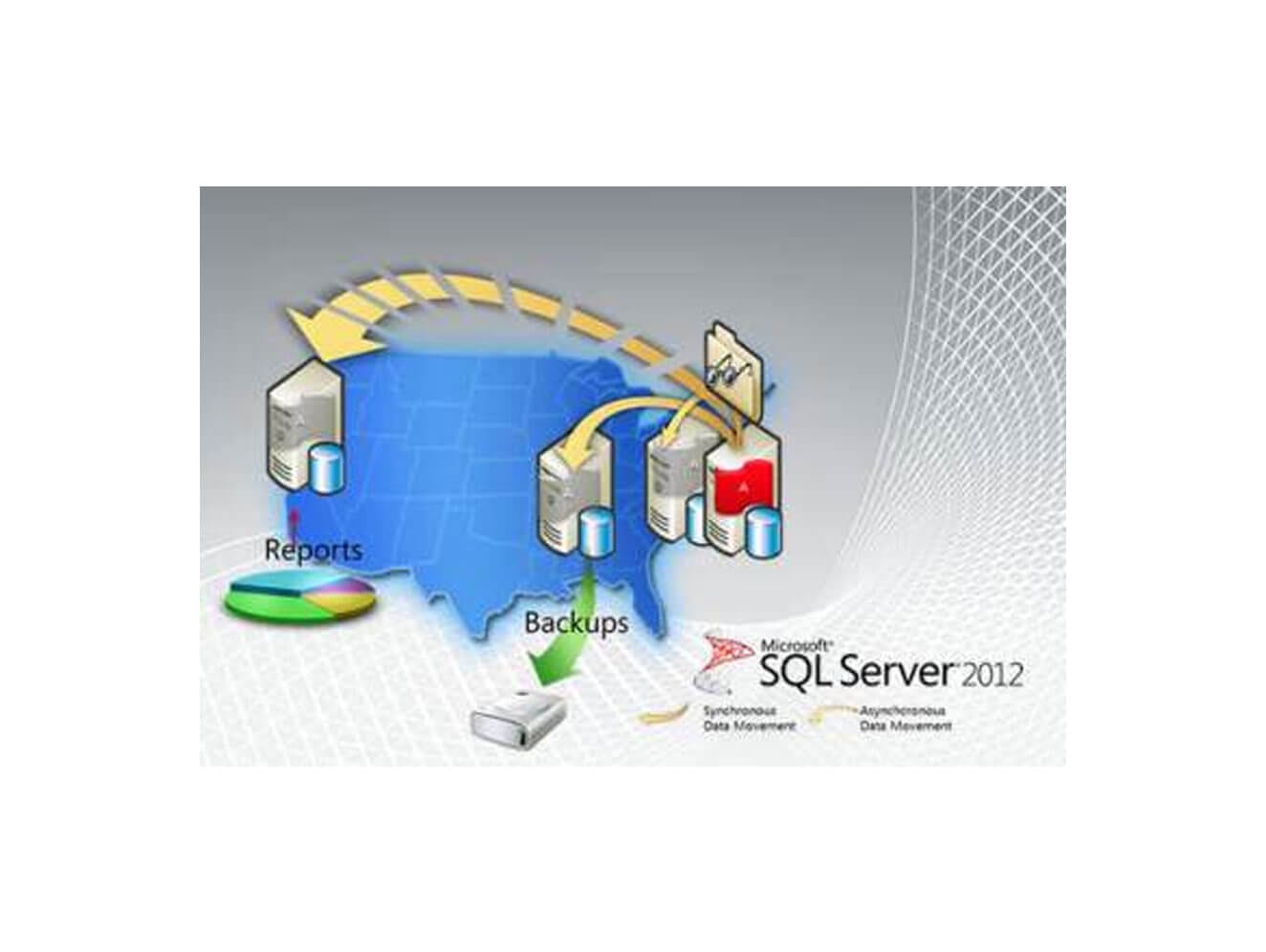If you run a business and you have a lot of experience under your belt, you probably remember a time or even several times when an exciting new tool was introduced to your daily working routine that was designed to make your life easier. This software had all of the capabilities in the world to handle whatever it was that your business was trying to accomplish, and this would be the last time that an entire platform change was in the offing according to those who were handling this decision and this process.
You probably also remember that many of these situations involved delays, IT people sitting at your desk trying to get your computer properly updated and mass confusion dominating your entire operation as people wondered how to handle their data. Files were lost, data was corrupted and people were left in a position where they were not nearly as productive as they were prior to this attempted integration of this new enterprise software.
Microsoft SharePoint 2013 is one of the most powerful collaborative tools that has ever been created in the technology world. Businesses of all sizes and many other entities are implementing it so that they can take advantage of its nearly limitless resources and capabilities. Companies that have been using it have enjoyed tangible upticks in their efficiency, their productivity and their ultimate bottom lines because of the use of this remarkable tool.
Once people start using SharePoint, they quickly become hooked and learn to depend on it for all of their work-related tasks. They learn how to use it quickly because of its incredibly user-friendly interface and an environment that makes it easy to simply get things done. Many will discover tools that will help them with specific tasks that they would never have thought possible without the powerful engine that runs this product.
However, given its extreme size and power, the first step towards successfully integrating SharePoint into an operation is to properly set out a roadmap for that implementation. Most IT professionals would agree that simply unlocking all of the capabilities of a product at once and expecting everyone to understand them is not a recipe for success. Instead, those who implement SharePoint will need to spend time working with that business so that they can obtain a specific understanding of why it’s being integrated.
The next step for those implementing SharePoint is to identify increments in which it can be implemented so that those who will be using it can learn it within the context of their daily work. This will only make the entire process easier for people who will soon be depending on SharePoint for their work. As this process plays out, those who are handling the implementation need to see it through to the end until everyone who will be using SharePoint is fully capable of handling the features that will make their daily lives easier.
If you’re ready to unlock the power of SharePoint but you want to make sure that you do it correctly, contact the SharePoint programming professionals at Caldiatech(tm) today to get this process started.
